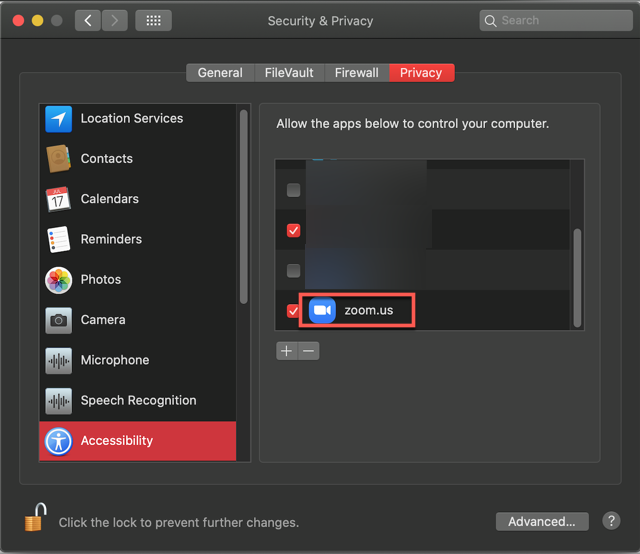

At the bottom you’ll see the Invite button, so click this and you’ll see a new box into which you can type the name of your contacts (if you’ve entered any into the Contacts section of your Zoom account, which can be found by selecting the Contacts tab at the top of the page on the Zoom Home screen) or there’s another tab to send invites via email.Ĭhoose whichever is the one that you deem most suitable then wait for the invitees to respond. To do this, click on the Participants tab and a side window will open on the right. With your call up and running after clicking on the New Meeting button, you’ll want to add more people so you can actually talk. Sudo ln -s /var/run/nf /etc/resolv.How do I invite people to a Zoom meeting? The top answer here showed me how to replace this entry with a proper one. Reach : 0x00000003 (Reachable,Transient Connection)Īnd this resolver #2 isn't shown in any DNS settings in the system config. Reach : 0x00020002 (Reachable,Directly Reachable Address)

Nameserver : fd00::7eff:4dff:fe7e:56faįlags : Scoped, Request A records, Request AAAA records Apparently, the IPs 103.86.99.99Īre part of some malicious part, they appear here: $ scutil -dns Unbelievable, after months of digging around cluelessly, I seem to have found it out. Using NordVPN doesn't change anything, but with TOR I can access everything. # END section for OpenVPN Client SSL sites

# BEGIN section for OpenVPN Client SSL sitesġ27.94.0.2 # To allow the same kube context to work on the host and the container:ġ51.101.52.133 ġ72.217.2.106 Other sites and services are affected, too, so I had to grab the IPs behind the domains and hardcode things in the /etc/hosts to be able to work, it looks like this now: 127.0.0.1 localhost Right on the day since I installed (and uninstalled) Zoom, various URLs began to be forwarded to localhost.


 0 kommentar(er)
0 kommentar(er)
